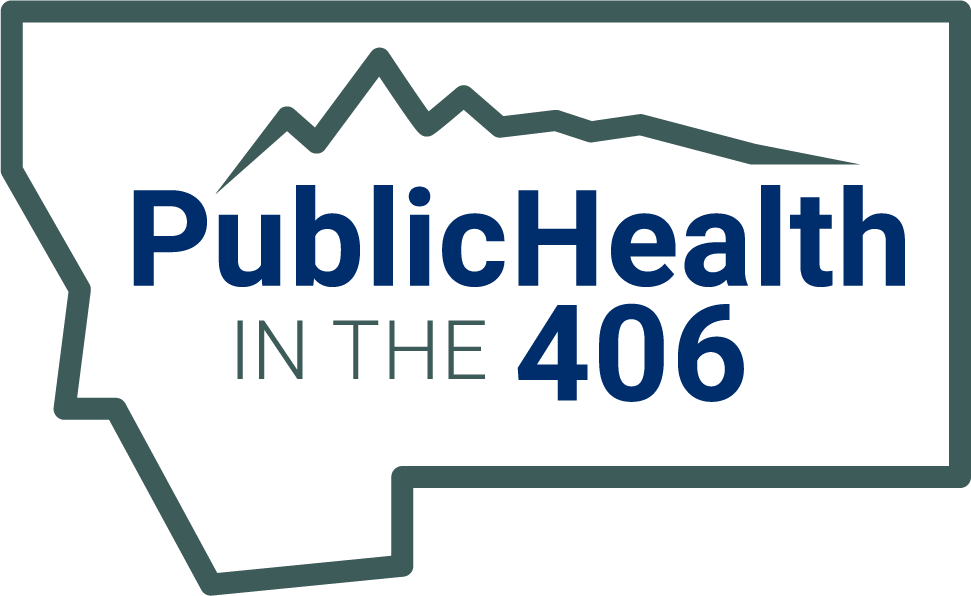Behavioral Health
Bullying
- Montana Office of Public Instruction: Bully Free Montana
On July 1, 2013, a new rule in Montana’s Standards of Accreditation went into effect. The Student Protections Procedures rule requires schools to address bullying and threatening behavior in schools, on school buses, at school-sponsored activities, and online. The Office of Public Instruction is providing resources for schools, parents, and students as we work at the state and local level to take on the challenge of bullying. - University of Montana: Safe School Center
The Montana Safe Schools Center can provide unique individualized school safety training and technical support.- Training
- Technical Support
- Emergency Operation Plan Development
- Consultation
- Suicide Intervention Skills training (ASIST and safeTALK)
- MSSC Podcast about school safety
- Anonymous School Safety Tip line (SAFERMT)
Suicide
- Montana OPI: Suicide Prevention
This website provides up-to-date national and Montana suicide data and prevention research concerning high-risk populations within our state along with evidenced-based resources and toolkits that can be downloaded. - Montana DPHHS: Suicide Prevention Information and Resources
This website provides information and resources for different age groups and audiences on bullying, suicide prevention, and talking about suicide. - After a Suicide Toolkit for Schools
- Preventing Suicide: A Toolkit for High Schools
- Youth Suicide Prevention Video
YRBS (Youth Risk Behavior Survey)
The Youth Risk Behavior Survey (YRBS) monitors six types of health-risk behaviors that contribute to the leading causes of death and disability among youth and adults, including—
- Behaviors that contribute to unintentional injuries and violence
- Sexual behaviors that contribute to unintended pregnancy and sexually transmitted diseases, including HIV infection
- Alcohol and other drug use
- Tobacco use
- Unhealthy dietary behaviors
- Inadequate physical activity
The Montana Youth Risk Behavior Survey (YRBS) assists educators and health professionals in determining the prevalence of health-risk behaviors as self-reported by Montana youth.
- Montana Office of Public Instruction YRBS Information
- Center for Disease Control and Prevention National, state, territorial, and local YRBS information
Montana Behavioral Initiative
MBI is a proactive approach in creating behavioral supports and a social culture that establishes social, emotional, and academic success for all students. MBI uses the Response to Intervention model which is a 3-tiered system of support and a problem solving process to assist schools in meeting the needs of and effectively education all students.
"Data-based decision-making aligns curricular instruction and behavioral supports to student and staff needs. Schools applying MBI/PBIS begin by establishing clear expectations for behavior that are taught, modeled, and reinforced across all settings and by all staff. This provides a host environment that supports the adoption and sustained use of effective academic and social/emotional instruction. MBI/PBIS has proven its effectiveness and efficiency as an Evidence-Based Practice (Surai and Horner, 2007)
The principals and practices of MBI/PBIS are consistent with federal education mandates such as No Child Left Behind Act (NCLB) and the Individuals with Disabilities Education Act of 2004 (IDEA 2004).



